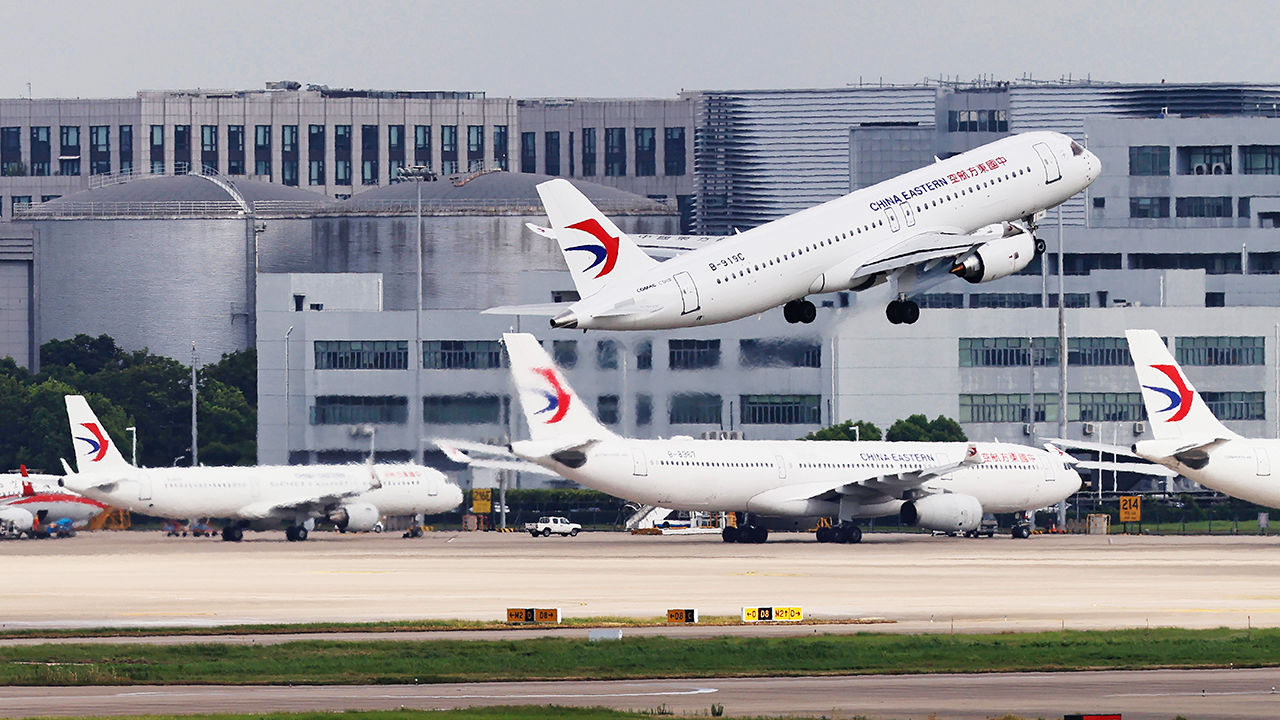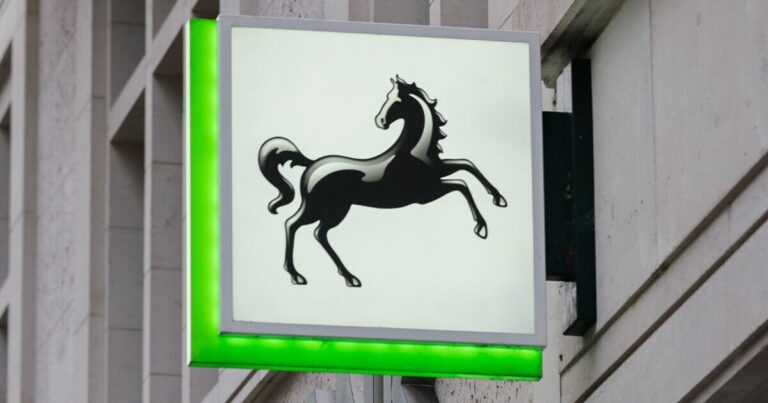
Your browser does not support the <audio> element.
Each year Airbus and Boeing, the two halves of the global aircraft duopoly, face off at the world’s most prestigious airshow, which alternates between Paris and Farnborough, in the countryside close to London. This year’s event in Farnborough, which opened on July 22nd, was a more subdued clash than usual. Both firms announced some orders from airlines, but these were mostly small.
Boeing is still reeling from the consequences of a panel blowing off a 737 Max, its short-haul aircraft, in January. That model, which first flew in 2016, has been bedevilled with safety issues. The company has had to slow down production as regulators have investigated its safety procedures, enraging airlines whose deliveries have been delayed. Airbus, which had more planes on display at Farnborough than its chastened rival, has had troubles of its own. Snags in its supply chain have forced it to delay plans to ramp up deliveries of its short-haul jets. At current production rates it will take Airbus nearly 12 years to produce the 8,600 planes it has on its order books, and a similar time for Boeing to meet its 6,150 unfilled orders.
The backdrop is one of soaring demand. Boeing reckons that over the next 20 years the global fleet of passenger planes will need to double to meet the world’s growing appetite for flying, requiring 44,000 new aircraft. That is roughly twice as many planes as the duopoly managed to deliver in the past 20 years.
Could this open the door to aviation’s twosome becoming a threesome? Rob Morris of Cirium, a consultancy, thinks “it is more a case of when, rather than if”. Yet the barriers to becoming a maker of large passenger planes remain formidable.
It would cost Boeing and Airbus perhaps $20bn-30bn to develop a new plane. The expense would be even greater for any newcomer. They would need a decade or more to prepare designs, set up factories, establish a supply chain and obtain the blessing of regulators before any revenue rolled in. What they produce would need to match or beat the price and performance of the duopoly’s competing planes. They would then have to convince airlines, which benefit from lower costs when running a single-make fleet, to switch. And they would need to build the vast network of service technicians any customer would require before signing a cheque.
Embraer, a Brazilian aerospace firm, is rumoured to be contemplating a tilt at the duopoly. Its regional jets seat a maximum of around 145 passengers, compared with typically between 150 and 240 for Boeing’s 737 MAX and Airbus’s A320 family of short-haul planes. Few pundits dispute that it has the engineering prowess. Yet the experience of Bombardier, its one-time rival in regional jets, suggests that is not enough. The Canadian firm invested vast sums developing its CSeries jet, larger versions of which could compete with smaller versions of Airbus’s and Boeing’s short-haul planes. The financial strain this placed on the company, coupled with tariffs imposed by America after an anti-dumping complaint by Boeing, led it to sell the programme in 2017 to Airbus, which now markets the aircraft as the A220. Bombardier ceased making regional planes altogether in 2020, though it still makes business jets.
Taking on the duopoly from a standing start would be even riskier. After 15 years of soaring costs and technical snafus Mitsubishi Heavy Industries, a Japanese industrial giant, called time last year on its project to develop SpaceJet, a small regional plane that would have been its country’s first homegrown passenger aircraft in decades. The MC-21, a much delayed narrowbody jet from Russia’s United Aircraft Corporation, is said to be too heavy and suffers from a shorter range and lower capacity than planned. While it may begin commercial service next year, and has a few hundred domestic orders, it is unlikely to do much flying outside Russian airspace.
Flight risk
China’s determination to become an aerospace superpower—and its willingness to throw fistfuls of yuan at the effort—presents the biggest threat to the duopoly. The Centre for Strategic and International Studies, an American think-tank, reckons that by 2020 China’s government had handed up to around $70bn in subsidies to COMAC, the country’s state-owned aerospace champion, to develop the C919, a narrowbody rival to the 737 MAX and A320 family. Conceived in 2006, it made its long delayed first flight in 2017. COMAC has now delivered six of the planes to customers, and has orders for over 1,000 more.
The C919’s range and capacity, however, fall short of the competition. Christian Scherer, boss of Airbus’s commercial-aircraft business, regards COMAC as a serious competitor, but points out that the C919 offers no new technology or features. Attracting international buyers will be tough. Outside its home market, only a startup in Brunei with Chinese backers has ordered the C919. Western aviation regulators will be wary of approving a new jet from a new manufacturer, and Western politicians could grumble about domestic airlines purchasing Chinese planes.
Even if COMAC meets its goal of making 150 C919s a year in five years’ time, which seems ambitious, it will remain a minnow. Cirium reckons 1,800 short-haul jets will be sold annually by then, meaning COMAC would account for less than a tenth of the total. Boeing still hopes it will ramp up production of its 737 Max to 50 a month by 2026. Airbus intends to be making 75 A320s a month by 2027.
That said, a slow climb does not mean COMAC will never reach altitude. Mr Morris of Cirium reckons that over the next 20 years it can capture 20-30% of a Chinese market for 6,000 short-haul planes. China’s domestic aerospace supply chain should also develop further. Only 14 of the 82 suppliers for the C919 are Chinese, and many of the most complex components come from America and Europe. But China’s government is endeavouring to change that. It is even said to be planning an attempt to break into the jet-engine business, taking on Western incumbents.
Airbus, too, was heavily dependent on government largesse when it first began making big jets (though it had the advantage of being formed out of a consortium of longstanding European aerospace firms with experience making planes). Its first passenger jet, the A300 it launched in 1969, was a commercial disappointment. But it laid the groundwork for planes that followed. COMAC may similarly learn from the C919. Though details are scant, it is now developing the C929, a model of which was on display at Farnborough. The long-haul plane would compete with Boeing’s 787 Dreamliner and Airbus’s A330. COMAC is also said to be developing the C939, which would take on the even larger Boeing 777 and Airbus A350. The incumbents should watch their tails. ■
To stay on top of the biggest stories in business and technology, sign up to the Bottom Line, our weekly subscriber-only newsletter.



















